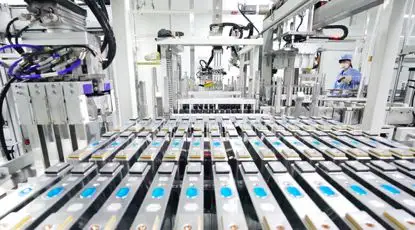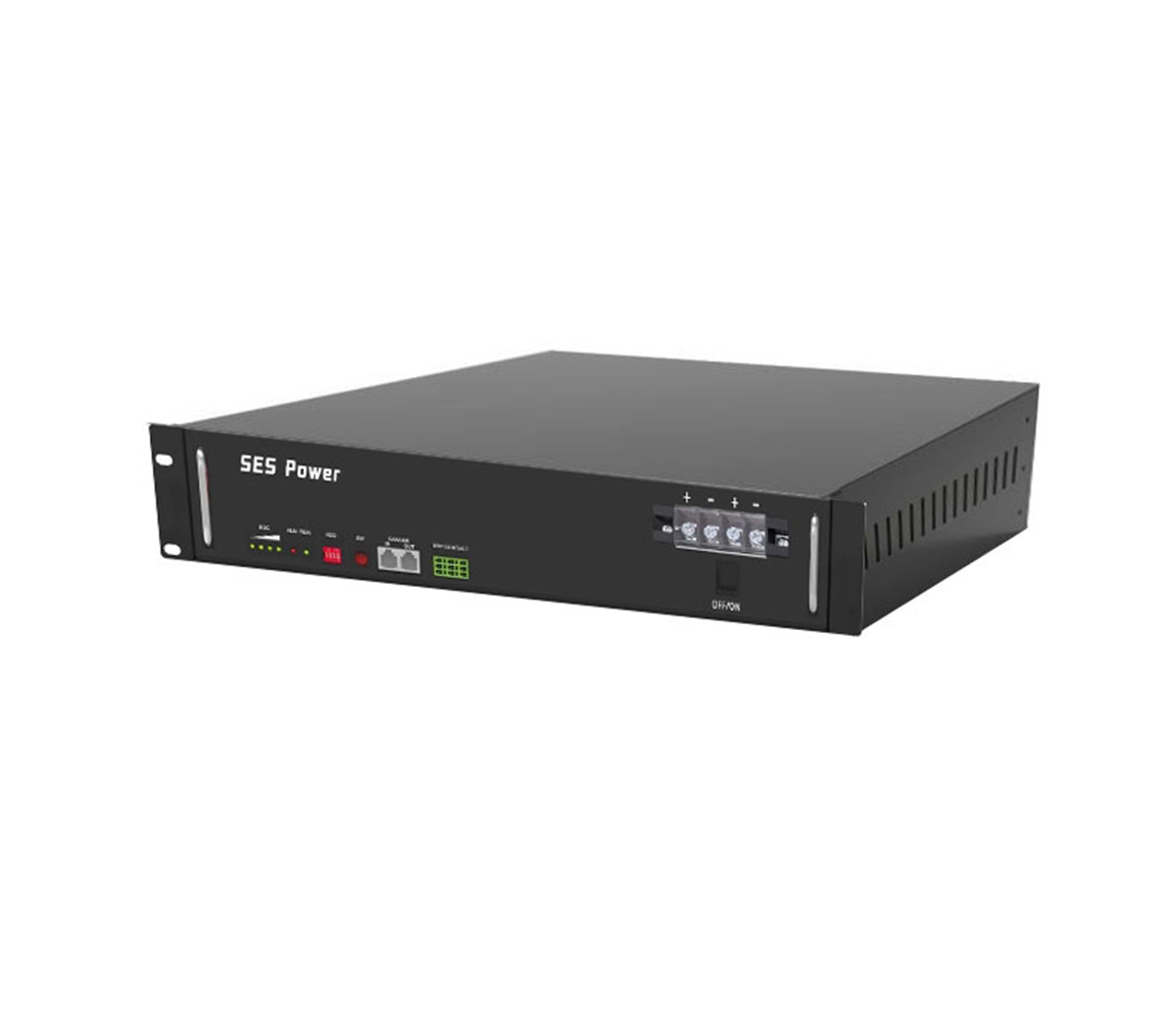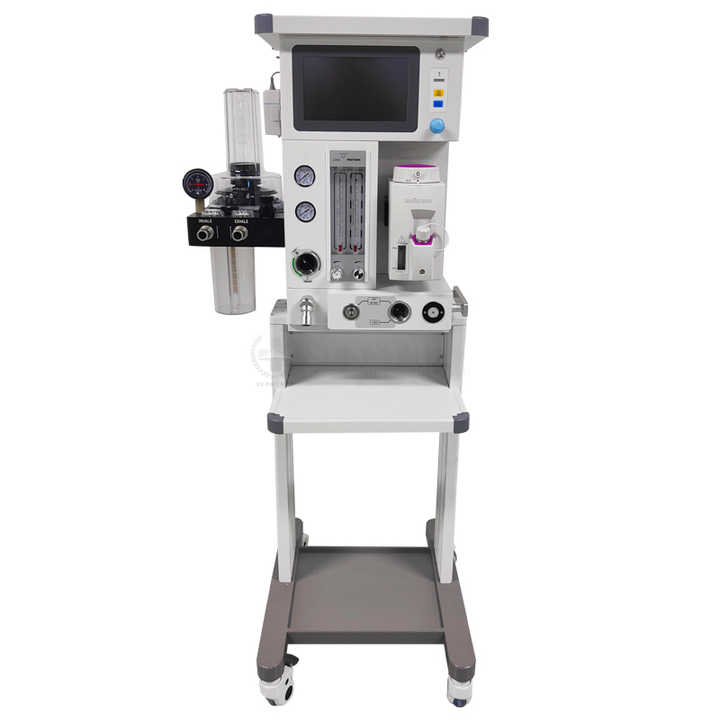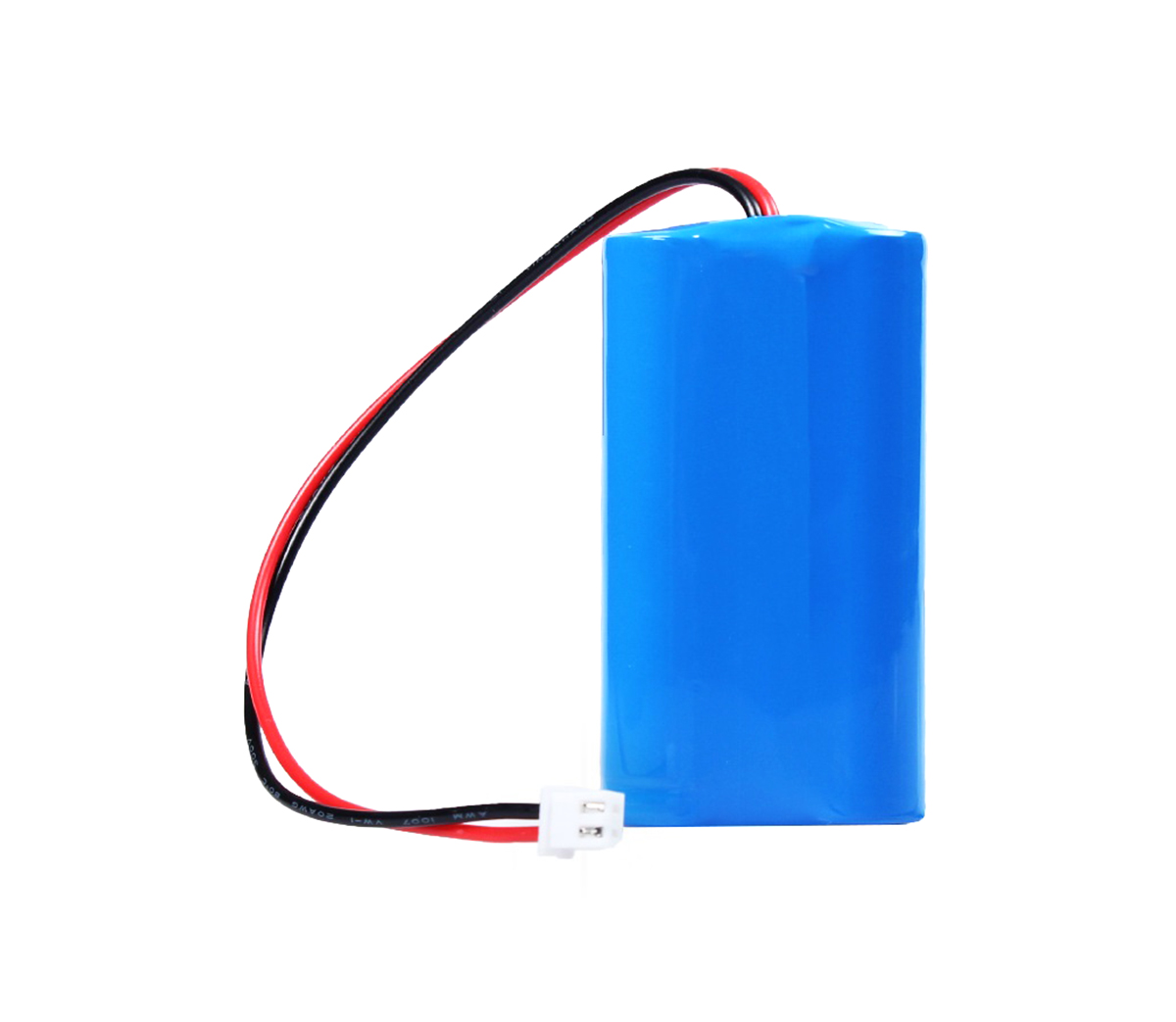According to estimates by market research institutions, global sales of new
energy vehicles will reach 16.4 million by 2025. By then, the global demand for
power lithium-ion batteries will reach 1160GWh (109Wh), officially entering the
TWh (1012Wh) era. This means that the next few years will still be a period of
rapid growth of power batteries.

SES Power is a manufacturer that develops and manufactures customized
lithium-ion batteries. We have nearly 20 years of industry experience and are no
strangers to automotive-grade power batteries. What will the market structure be
like in the coming TWh era of power batteries? Variety? What opportunities do
industrial chain companies have?
A: Mass production of batteries
In the TWh era, the consumption of power batteries has increased, the
technical route has become more and more fixed, and the materials in each link
will be more standardized. The positive and negative materials of power battery
machines and lithium salts will have more characteristics of bulk commodities -
homogenization and large-scale trading, can be widely used.
The mass production of batteries and their materials will be good news for
leading companies in this field. In the case of bulk commodities, the right of
corporate voice is closely related to its market share. Head companies have
strong supply chain management capabilities, which will provide such companies
with greater profit margins.
Bulkization brings not only the standardization of products, but also the
refinement of the division of labor in the supply chain, and each supplier will
supply more subdivided products. Therefore, for those suppliers with a low
market share, they need to find a differentiated competition strategy, find a
more segmented market, and at the same time enhance the direction of
personalization and specialization, only in this way can they be more marginal
areas. Get market opportunities.
B: Less cobalt, no cobalt, new material
Materials determine battery performance. In response to the possible
technological changes in the field of power batteries, SES Power believes that
there will be several major technical development directions: First, use less or
even no cobalt. Second, to supply more energy with less lithium. Third, look for
anode materials with lower energy consumption. Fourth, all solid state.
The ternary lithium battery is currently the battery type with the highest
energy density and the strongest endurance on the market, and cobalt is an
important raw material for the ternary lithium battery. In recent years, the
cobalt content in ternary lithium batteries has shown a gradual downward trend.
From NCM333 (the content ratio of nickel, cobalt, and manganese is 3:3:3) to
NCM523, NCM622 and then to NCM811, the cobalt content required in ternary
lithium batteries gradually decreases.
Among the cathode materials of ternary lithium batteries, cobalt is the
most expensive metal. Since the beginning of this year, cobalt prices have risen
from below US$20,000 per ton to around US$80,000 per ton.
There are currently two routes for technological development: one route
reduces the cobalt content from 10% to 5%, and it is possible to reduce the
cobalt content to 2% to 3% in the future; the other route is completely
cobalt-free.
After 2030, when the TWh era comes, all-solid-state batteries may become
the mainstream of the industry. In the all-solid-state battery, the current
lithium hexafluorophosphate as the main material of the battery electrolyte will
be replaced, the diaphragm will also appear in the form of a new solid
electrolyte membrane, and the negative electrode material will also change, but
the positive electrode material is still very likely to be Common oxide
materials on the market today.
C: Replace lithium with hydrogen?
Due to the high energy density of lithium-ion batteries using lithium
cobalt oxide, lithium iron phosphate and other materials as cathode materials,
lithium-containing materials have become the most common choice of cathode
materials for new energy vehicle power batteries. For example, the cathode
material of BYD's blade battery is lithium iron phosphate, and Tesla's car
battery uses ternary lithium.
According to calculations, each GWh lithium iron phosphate battery needs
about 520 tons of lithium carbonate. At present, the mainstream ternary lithium
battery NCM811 requires 620 tons of lithium carbonate per GWh battery, 750 tons
of nickel and 100 tons of cobalt. The price increase of these three types of
metals will greatly bring about fluctuations in the power battery industry
chain.
In this case, will hydrogen fuel cells, which require less metal, become an
alternative to new energy batteries?
Different from dry cell batteries as energy storage devices, hydrogen fuel
cells are more similar to a power generation device that can directly convert
chemical energy into electrical energy. At present, the energy supply of urban
ground transportation is dominated by batteries, and hydrogen fuel mainly solves
the energy supply problem of long-distance transportation. Hydrogen fuel cells
have been widely used in vehicles such as aircraft, ocean-going ships, and
long-distance heavy trucks.
But we have to see the difference: a hydrogen fuel cell is a power
generation device, and a lithium battery is an energy storage device. Energy
storage devices are also required on many vehicles powered by hydrogen fuel
cells.
D: intelligent
In fact, it is not appropriate to simply talk about capacity or installed
capacity, because many lithium batteries are not used efficiently at all. The
development of intelligent technologies such as virtual power plants will bring
about the efficient use of lithium battery energy storage. Some analysts say
that the application of these intelligent technologies in the power grid will
effectively reduce the installed capacity by 30%.
SES Power's off-grid, grid-connected, and off-grid small and medium-sized
energy storage systems, such as 12V100Ah, 24V100Ah, 36V100Ah, 48V100Ah using
EVE, CATL, BYD square aluminum-shell lithium iron phosphate batteries, 3KW, 5KW
home energy storage the system, rack-mounted energy storage system and other
products all adopt standard RS485, CAN and other communication protocols, and
also support remote monitoring and operation. At the same time, AI intelligent
analysis and cloud storage are added to the new generation of systems. These
softwares are prepared for higher-level intelligence and efficient utilization
of lithium batteries.



































